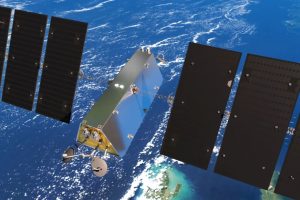The OBD design uses three new antennas inside an OBD housing to link to a satellite (GNSS), Bluetooth and a terrestrial network, whilst obtaining optimum performance from all three antennas simultaneously. The design also features a GNSS RF module to fix location.
Antenova has used the latest antennas from its product ranges in the OBD design:
. the Armata 3G FPC antenna for penta-band frequencies which operates at 824-960 MHz and 1710-2170 MHz,
. a GNSS antenna named Bentoni operating at 1559 – 1609 MHZ,
. a Weii PCB-mounted antenna which provides a Bluetooth connection at 2.4GHZ. All of these are brand new antennas which Antenova has released this year.
The GPS/GNSS module is a complete receiver that provides location tracking for OBDs. It uses the latest MediaTek chipset with an additional LNA to give added performance when mounted under dashboards and out of line of sight with the sky.
Antenova’s product designers recently introduced the concept of “Design For Integration” (DFI), which considers how the RF antenna will operate when it is embedded with a manufacturer’s product.
Antenova’s antennas are always used within a customer’s design, so they are designed to provide RF performance from within the device, and to make the integration of the RF elements easier.
In addition to this, Antenova provides its customers with technical support during the design, integration and testing phases.
“We are demonstrating how a design for an OBD can give great performance, even when new antennas are added to an existing design,” says Antenova’s Colin Newman, “OBD devices are growing fast in popularity, and the design of the RF components is critical to the overall performance of a device. In particular, Antenova’s engineers have invested many years in designing antennas that work effectively in very small spaces, whilst maintaining the efficiency of the antenna.”
 Electronics Weekly Electronics Design & Components Tech News
Electronics Weekly Electronics Design & Components Tech News




